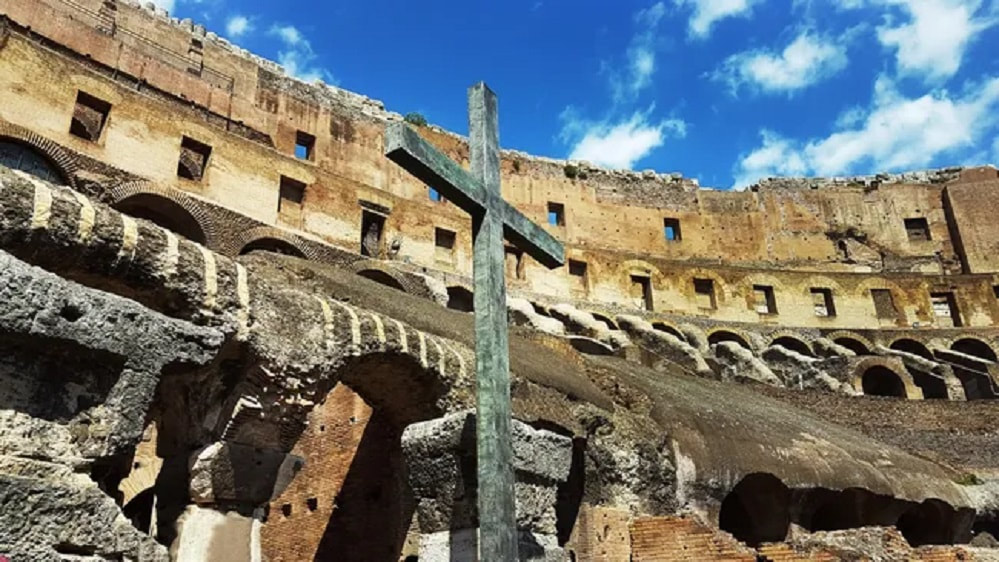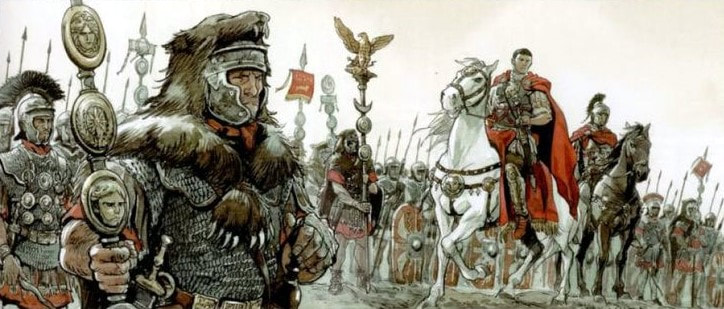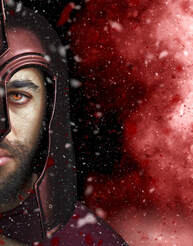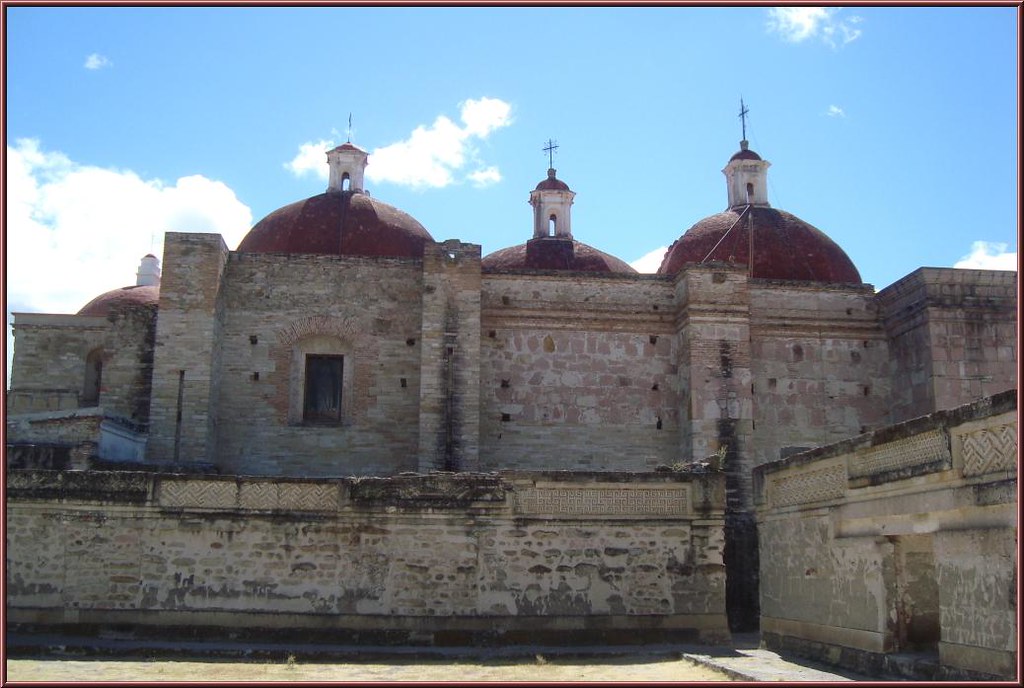- What Happened to Amy Billig? Miami 's Unsolved Mystery
- Will the Real John Wilkes Booth Please Stand Up
- 'Megalodon' goldfish found in Pennsylvania waterway
- See the Stunning Frescoes of a Mysterious Dionysian Cult Discovered in Ancient Pompeii
www.Eerie.News
Host - M.P. Pellicer
www.MPPellicer.com
SUPPORT VIA DONATION
Buy Me A Coffee - https://bit.ly/3SZFf6c
Miami Ghost Chronicles: http://bit.ly/MiaGhostChron
Nightshade Diary: https://bit.ly/3WuER2z
Stories of the Supernatural: https://bit.ly/3td5sDX
MY BOOKS:
Amazon: https://amzn.to/3UljpLr
Goodreads: https://bit.ly/3NxXXjX
WHERE TO FIND ME:
Substack: https://bit.ly/3WtqjjG
YouTube: https://bit.ly/3fwo0f2
Bitchute: https://bit.ly/3zAHZ2L
Rumble: https://bit.ly/3fwewjY
Twitter: https://bit.ly/3SUZAti
Gab: https://bit.ly/3sVNPrY
Gettr: https://bit.ly/3UjK6jt
Clout Hub: https://bit.ly/3DTukqi
Hypnosis - https://www.hypnosis-diy.com
Music - Pixabay.com, Purple-Planet.com
Narration always by a human, no A.I.














